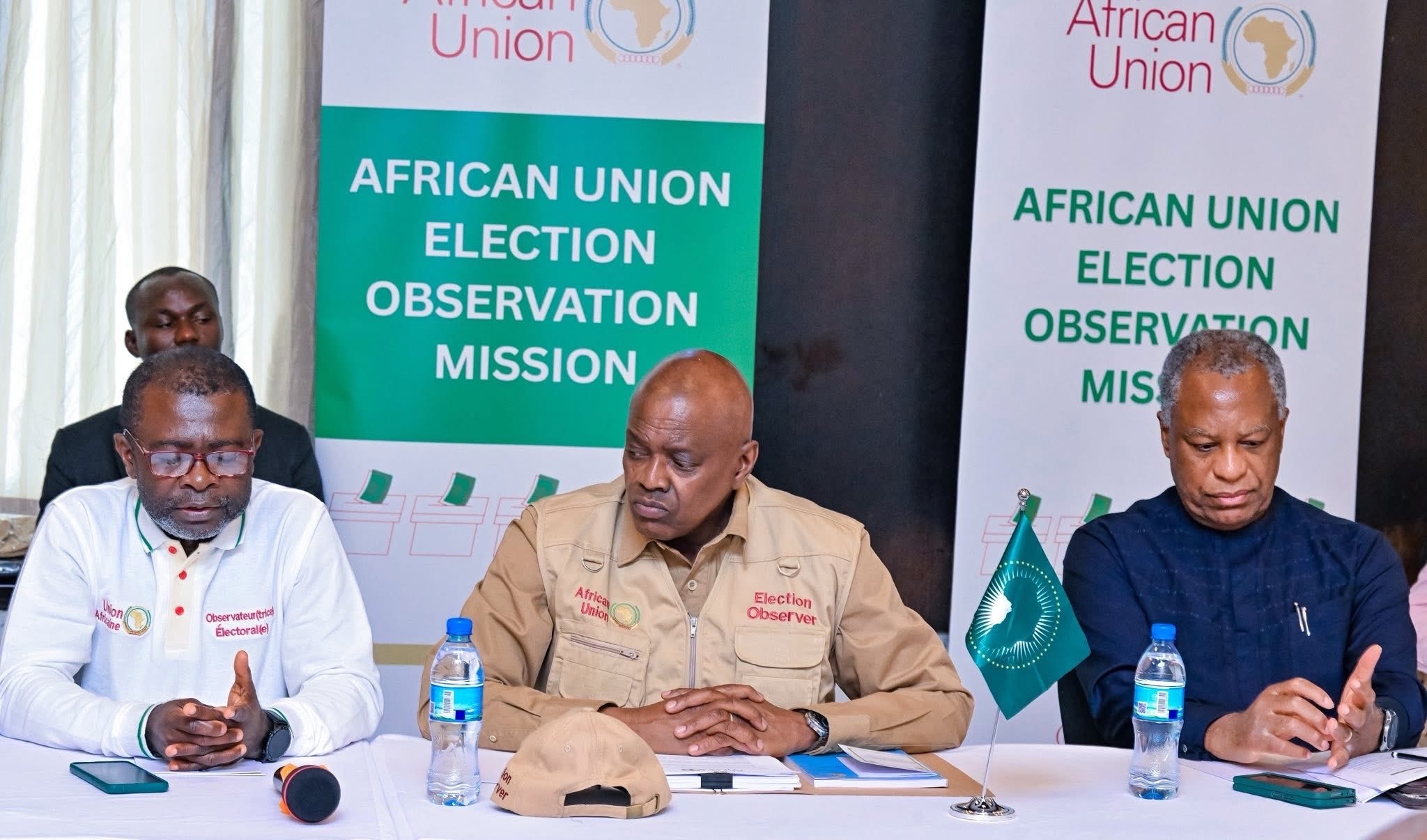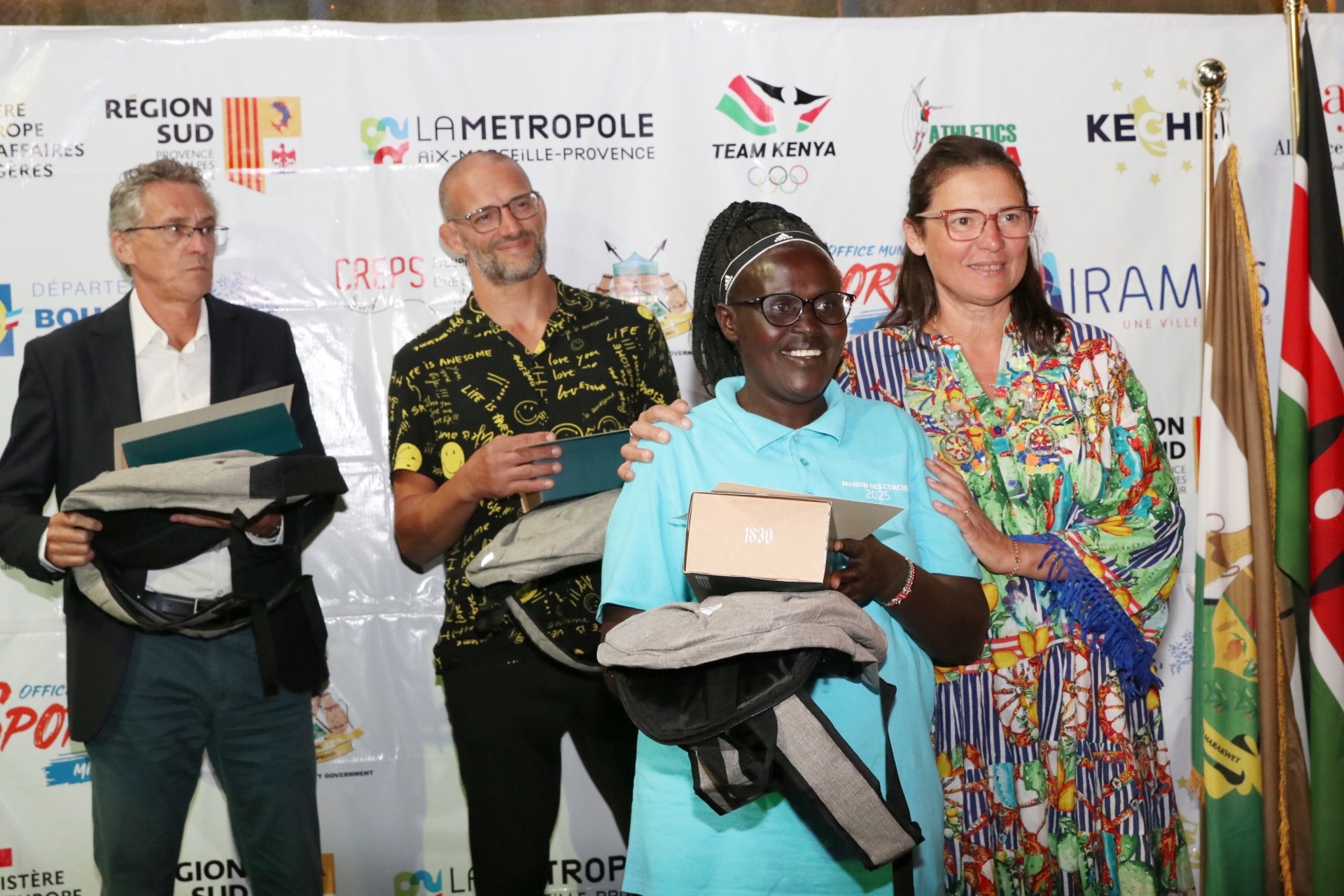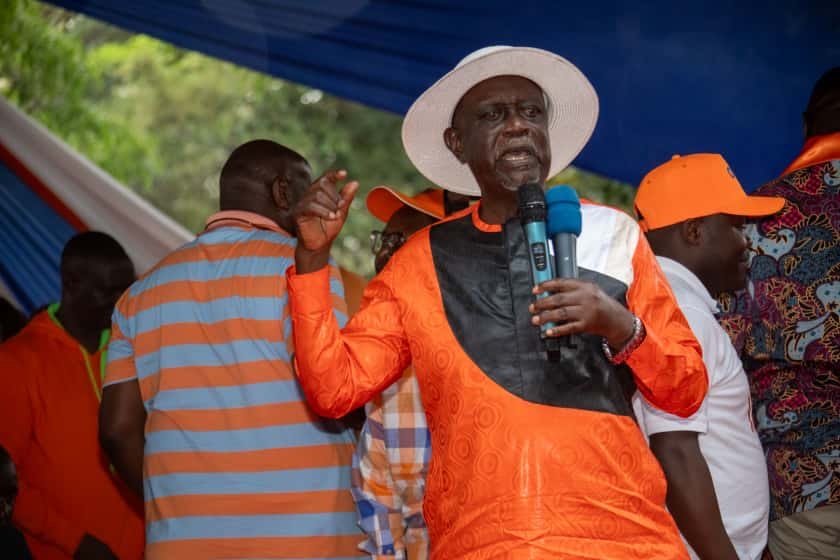

In a groundbreaking move aimed at safeguarding indigenous heritage, Kaimosi Friends University has signed an MoU with the Tiriki Council of Elders for the establishment of a cultural centre.
The Tiriki Cultural Centre is dedicated to the preservation, research and promotion of Tiriki traditions.
The cultural centre will focus on the Tiriki subtribe of the Luhya community, the natives of Hamisi subcounty in Vihiga county where the university is located.
The initiative seeks to address the urgent need to protect endangered customs, knowledge systems and sacred sites increasingly threatened by modernity and cultural erosion.
According to the agreement, the centre will serve as a hub for language preservation, oral storytelling, traditional ecological knowledge, indigenous healing practices and intergenerational learning. It will also support academic research and community-based conservation efforts within and around the university.
Speaking during the signing ceremony, Kaimosi Friends University Vice Chancellor Prof Peter Mwita underscored the value of culture in shaping identity, nurturing community resilience and promoting sustainable development.
“The centre will offer a space for both learning and research around Tiriki customs while also promoting environmental conservation,” Prof Mwita said, adding that, “As a university, we are committed not only to academic excellence but to meaningful community engagement.”
Mwita added that the university also plans to restore degraded areas of the Kaimosi Forest, a sacred ecological zone intimately tied to Tiriki spirituality and rites of passage.
“We will plant traditional trees, herbs and medicinal plants around the centre to support both sustainability and research into indigenous healing systems,” he said.
Preserving sacred knowledge and ritual spaces
The deal has been hailed by Tiriki elders as a long-awaited lifeline for their endangered heritage. Council chairperson Samson Imbukwa said the agreement signals hope for the future of their traditions.
“We have watched our culture erode year after year. This partnership assures us that the ways of our forefathers will not vanish,” Imbukwa said.
Cultural custodian Thomas Ingara described the initiative as “a beacon of hope,” noting that the community's sacred sites within Kaimosi Forest face increasing threats, including neglect and encroachment.
“These shrines are not just cultural symbols they are sacred shelters used during the months-long traditional circumcision rites,” Ingara said.
“Unfortunately, some community members, especially those living outside Hamisi, have abandoned our customs and opted for hospital circumcision under Western influence.”
Ingara warned that the increasing adoption of foreign practices risks severing younger generations from their roots and undermining the values embedded in traditional ceremonies.
“Western culture is a major threat to our identity. If we don’t act now, future generations will never know where they came from,” he added.
The Kaimosi Forest, part of the centre’s restoration and conservation strategy, is not only ecologically significant but also spiritually sacred to the Tiriki people. It houses numerous forest shrines used during communal circumcision seasons — one of the most important and public traditions of the community.
These sites, while off-limits to outsiders due to their sacred status, have in recent years attracted cultural tourism, research interest and conservation partnerships.
The forest is also a repository of indigenous medicinal herbs used in traditional healing, particularly during initiation rites.
“Many of the herbs used during circumcision and for treating various ailments originate from this forest. Their continued existence depends on active protection and reforestation,” Mwita said.
The Tiriki community, working closely with the university, is advocating for a hybrid conservation model — one that combines scientific research with traditional ecological knowledge to develop a sustainable forest management plan.
The university is currently seeking funding and technical support from both governmental and non-governmental partners to operationalise the centre, expand research initiatives and support infrastructure development.
“This is not just a cultural project. It is a social, environmental and educational investment in our future,” Mwita said.
Instant Analysis
The Tiriki subtribe stands out among the Luhya for its strict adherence to traditions — especially public, ritual circumcision ceremonies, which have for generations formed the backbone of their cultural identity. These practices attract both researchers and tourists, eager to learn about the community’s way of life. However, the influence of modernity, particularly among younger generations and diaspora members, has seen a steady shift toward hospital-based circumcision, threatening the continuity of these deeply rooted customs. The MoU signed with Kaimosi Friends University is a strategic lifeline. It promises not only to preserve intangible cultural practices but also to restore the degraded Kaimosi Forest, which is central to the community's medicinal, spiritual, and ecological well-being. If successful, the Tiriki Cultural Centre could become a national model for how traditional communities and modern institutions can work together to protect Kenya’s rich heritage from extinction.













